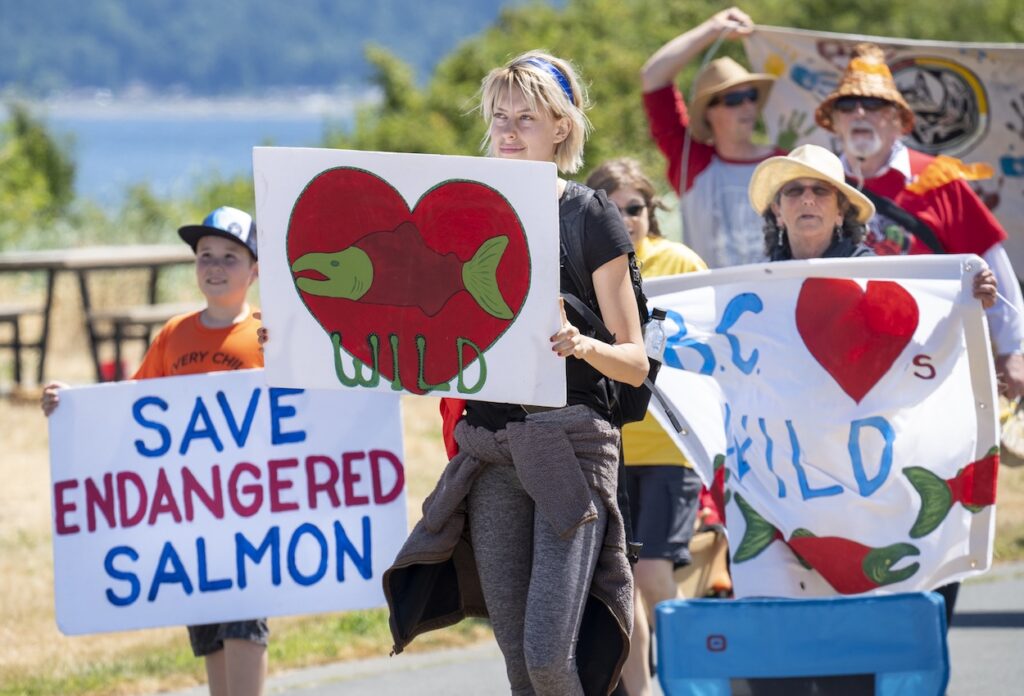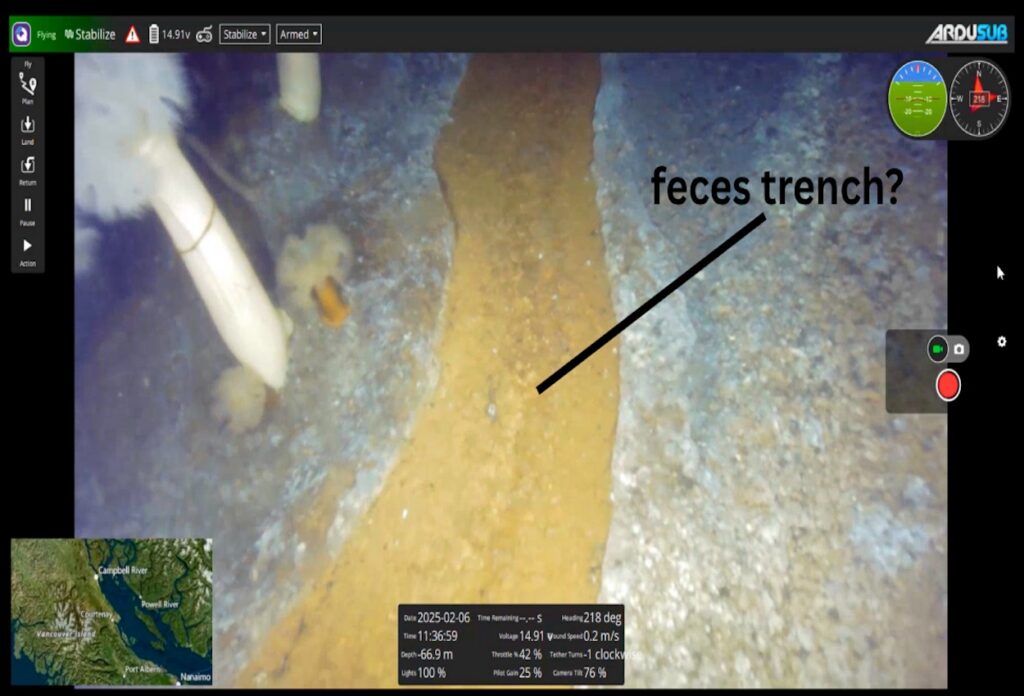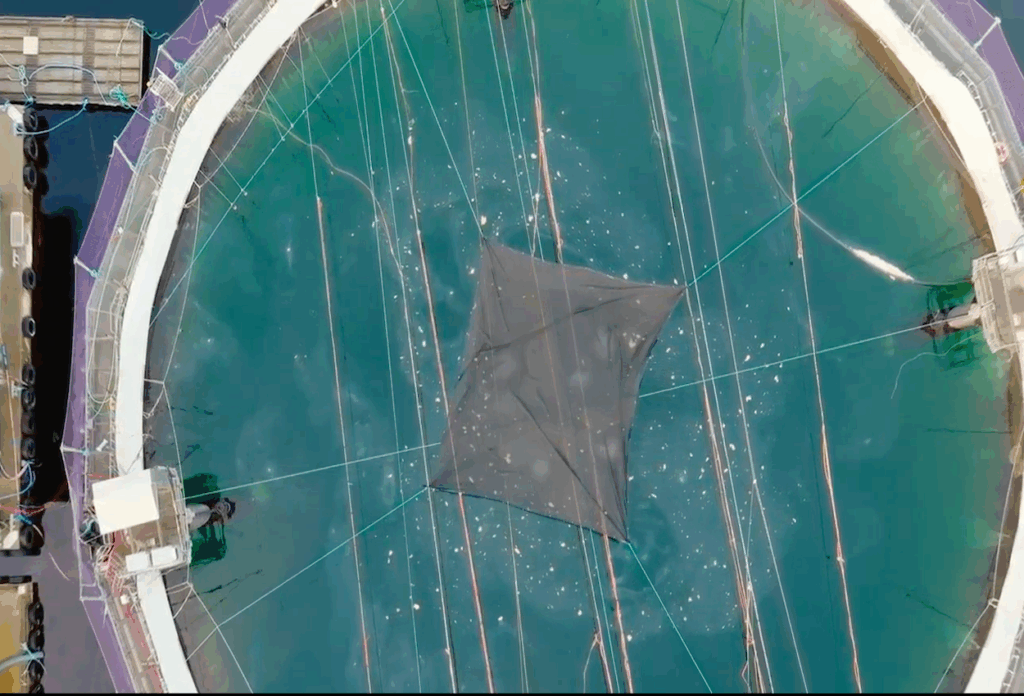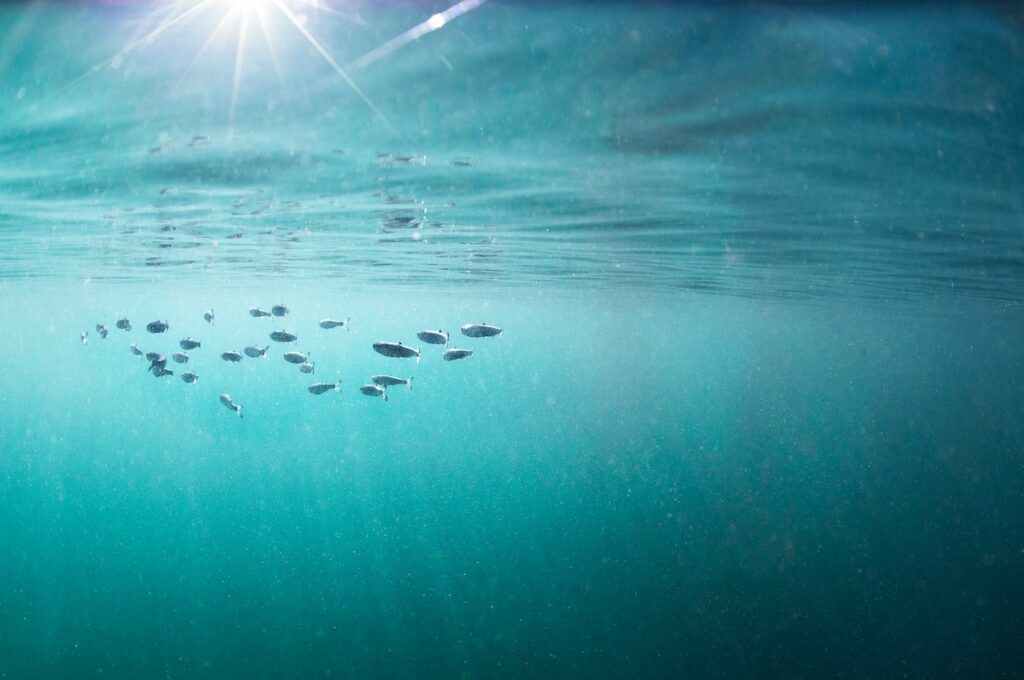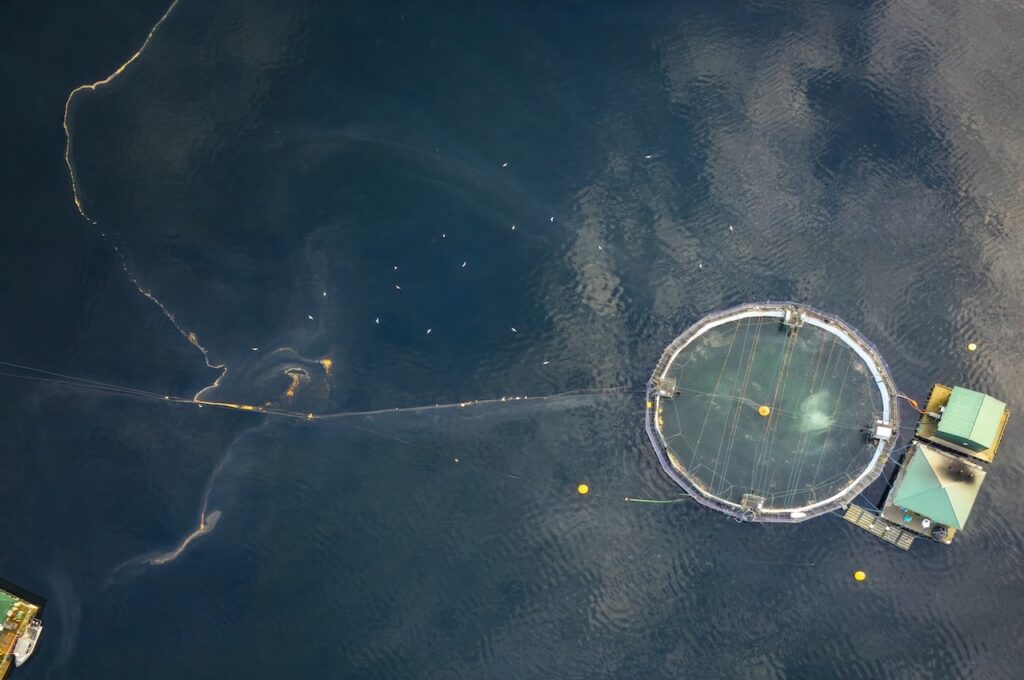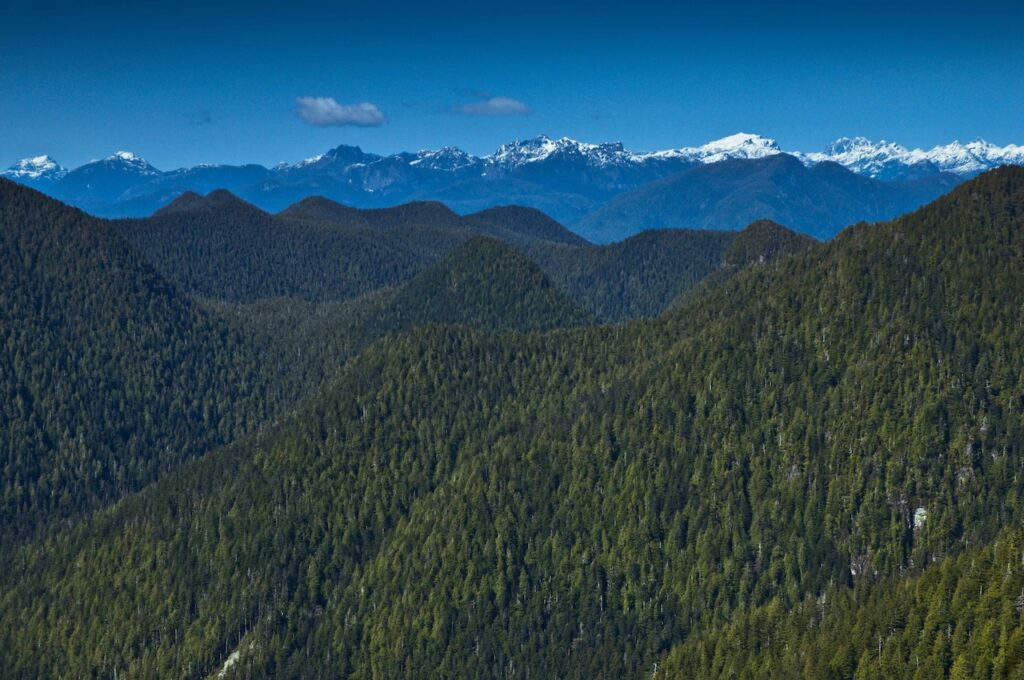It made headlines when Cermaq, MHSS, and the Ahousaht Nation joined for a press release about A full production cycle with no mechanical sea lice treatments in Clayoquot Sound.
But wait! New technology?
Never heard of such a thing!
Here is Alexandra Morton’s inquiry to the Fisheries Minister, the Honourable Joanne Thompson, asking the tough questions about those bold promises:
“September 10, 2025
Dear Fisheries Minister, the Honourable Joanne Thompson,
I am writing in regard to the public announcement by salmon farming company Cermaq regarding their “new technology” that controls sea lice. They don’t say what this technology is and every opportunity to verify their claim has been blocked. I hope you can help.
The biggest public challenge facing the global salmon farming industry is failure to prevent their pathogens, including sea lice, from infecting wild salmon. So it was big news when Cermaq, MHSS, and the Ahousaht Nation said they had used new technology to successfully reduce the number of sea lice to below thresholds set by Fisheries and Oceans Canada.
Norway, where Cermaq is based, identified sea lice as a “crisis” on Sept 1, 2025 with no mention of “new technology”. In BC, Grieg Seafood currently reports salmon farms in Nootka Sound infected with lice exceedances in excess of 34 adult lice per farm salmon. Mowi reports lice exceedances in 43% of their sites from north Vancouver Island through the Central Coast despite use of drugs and mechanical delousing. DFO set a limit of 2.8 lice per farm salmon to protect wild salmon. Cermaq won’t tell us how many lice they have.
The success Cermaq claims with their “new technology” cannot be verified. In August 2024 they were the only fish farm company in BC to abruptly cease public lice reporting.

DFO did conduct six sea lice audits of Cermaq farms earlier this year, but they visited two farms twice, so only four of Cermaq’s 12 sites were checked for lice. It is unknown if these 4 farms were stocked with juvenile Atlantic salmon known to be lice-free at saltwater entry, or the lice-bearing adult fish which are the concern.
DFO reports Cermaq used four “infeed [drug] treatments” in January and February with no reporting after June 19, 2025. This is old technology with failing efficacy.
Access to Information A-2025-00442 (left) includes DFO analysis of whether semi closed “skirts/tarps” (the new technology?) reduced sea lice exceedances, but the results for Clayoquot (Cermaq) are redacted. Someone would have requested the Cermaq results not be made public.
Access to Information A-2025-00049 includes reports and video from DFO staff reporting “a massive area below the SCCS [semi-closed containment system] covered 100% with feces and fish feed” (pg 32) at Cermaq’s Millar Pt site in Clayoquot Sound. If this is the “new technology” it is extremely dirty. They state Cermaq refused to produce required records (pg 31), a breach of licence, and your staff struggles to deal with the damage to the benthic environment under this so-called closed system.
I am aware this is a critical time for the BC salmon farming industry and that the current Liberal Government is being pressured to rescind the previous Liberal Government’s 2029 “Ban” on open net salmon farms. Many people are very encouraged by the huge returns of wild salmon to regions where eight First Nations and the federal government closed ~50% of salmon farms on the BC coast. Places where salmon farms continue to operate have not seen these significant increases in wild salmon. The very large increases in chum and sockeye took DFO by surprise, suggesting that whatever caused the surge in numbers has not been properly assessed by DFO. To date, no theories other than relief from exposure to industrial aquaculture pathogens, supported by considerable academic science, has been offered. If wild salmon rebound when fish farms are removed, does this mean salmon farms are responsible for the collapse of BC salmon fisheries? Could this become a matter before the courts?
To confirm that Cermaq’s “new technology” claim is not unfounded over-reach, we need their “new technology” to be identified. We need the monthly sea lice data from Cermaq’s farms, the redacted efficacy analysis from A-2025-00442. We need to know why the seafloor under Cermaq’s semi-closed system was buried in farm salmon feces. We need to know that the other pathogens, bacteria and viruses, are also prevented from infecting wild salmon via this “new technology.
I hope you are being adequately briefed on the unexpected and extraordinary 2025 Fraser River sockeye salmon returns. You need to be certain whether the black line in the graph below—the number of sockeye that entered the Fraser River this year vs the previous 3 generations—is related to the fact that this is the first generation of this brood line not exposed to salmon farms in the Discovery Islands when they went to sea in 2023.
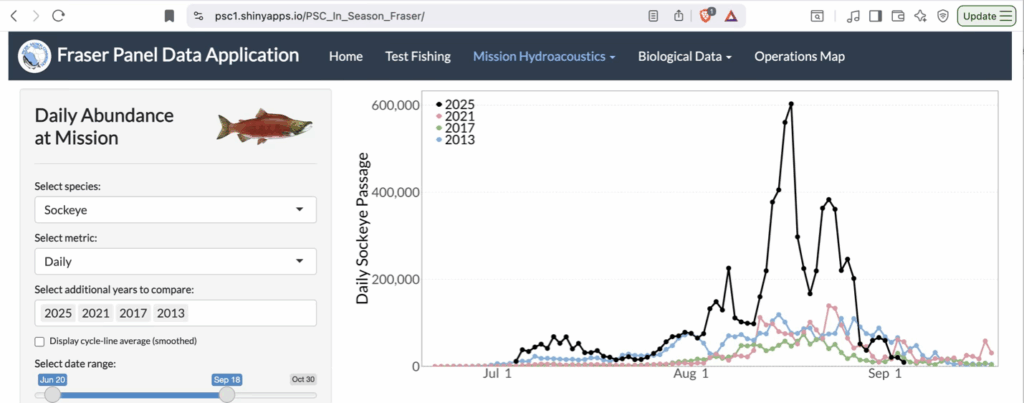
The Liberal Government’s policy to follow recommendation #19 of the Cohen Commission into the Decline of the Fraser Sockeye which suggested removing salmon farms from the Discovery Islands appears to be an unparalleled success. Please also review the 2024 Fraser sockeye and chum salmon returns east of Vancouver Island.
I understand confidentiality is preferred by some companies, but Cermaq is making claims that will critically affect wild salmon in public waters throughout British Columbia.
In closing, below are photos of a sample of juvenile chum salmon that were trying to migrate to sea past the Mowi salmon farms which are currently over the lice limits DFO set to protect these fish. This infection is worse than 2001 when I first brought this problem to government attention. Clearly, DFO efforts to protect this generation of young salmon from the salmon farms still in operation on the BC coast is not working.
Thank you for your attention to this matter. I hope to hear from you.”
Guest Blog by Alexandra Morton, independent biologist and author of the bestseller, Not On My Watch.

